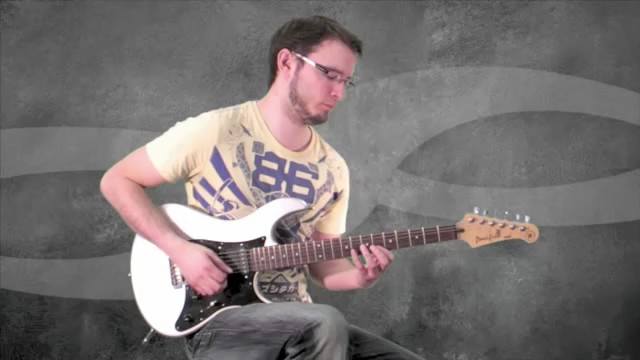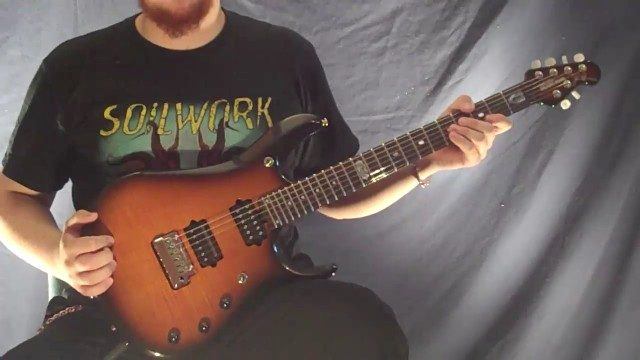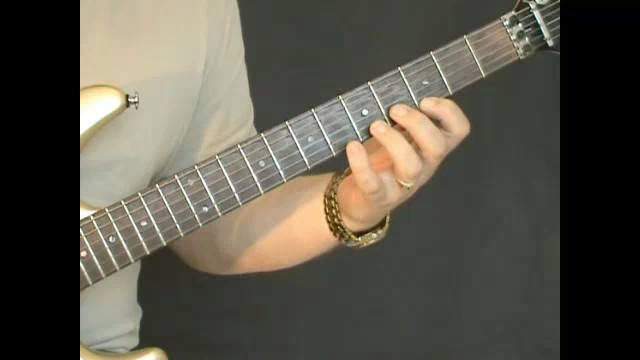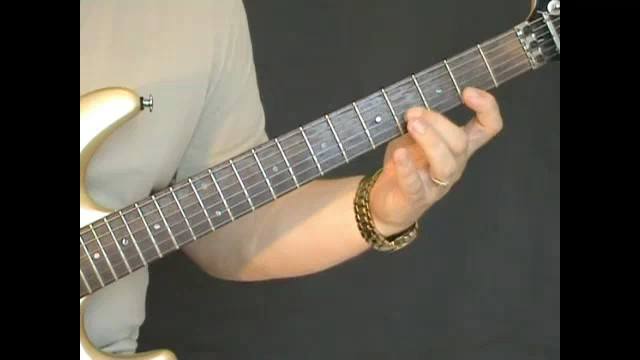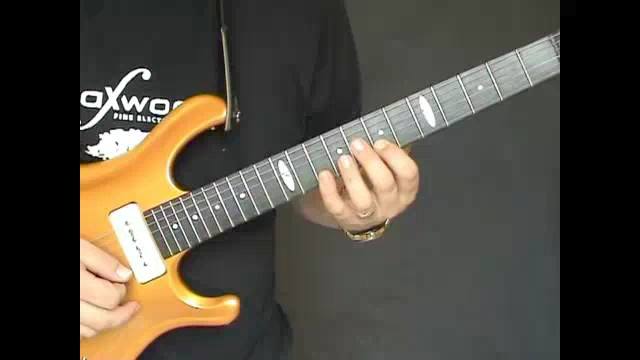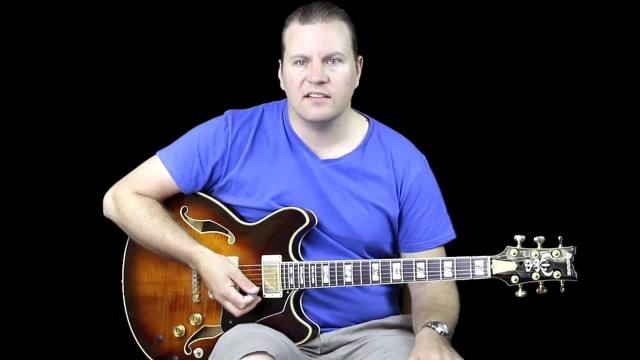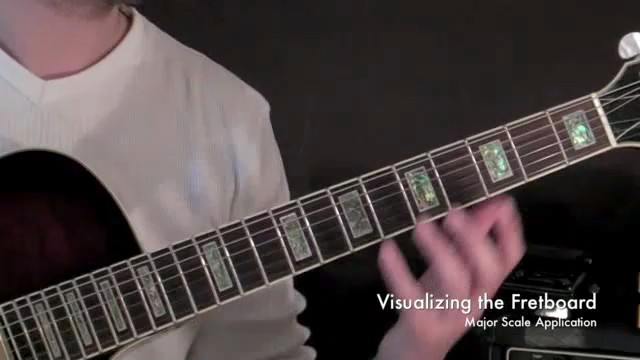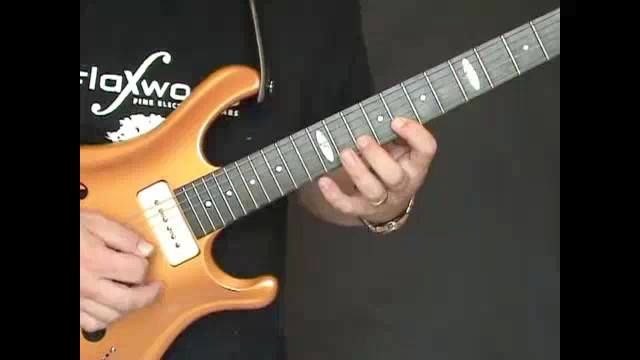The Dorian #4 is a very useful scale because while it has the minor 3, augmented 4 and minor 7 notes in it, which are all "blues" notes, it also has the minor 3rd and minor 7th, which means this mode can be used over minor and dominant chords as well.
|--------Octave------||-----Extensions-----|
1-2-b3-#4-5-6-b7-8-9-b10-#11-12-13
Here are the chords we get when we harmonize this mode:
1-b3-5= Minor triad
1-b3-5-b7= Minor 7
1-b3-5-b7-9= Minor 9
1-b3-5-b7-9-#11= Minor 9#11
1-b3-5-b7-9-#11-13= Minor 13#11
Other possible chords:
1-b3-5-6= Minor 6
1-b3-5-6-b7= Minor 6/7
1-b3-5-6-9= Minor 6/9
1-b3-5-9= Minor add9
1-b3-b5-b7= Minor 7b5 (b5 is the same as #4)
There are also some chords that can be created from this mode that have a major 3rd in it. This mode can be used over those chords because the flat 3rd can also be thought of as a #9 when spelled enharmonically and this is acceptable within this scale. The #4 can be enharmonically thought of as a b5 as well, so keep that in mind. If you are going to play this over a minor7b5 chord, the perfect 5th is the tension tone in this, so it's a good idea to resolve it to the #4.
1-3-5-b7= Dominant 7
1-3-5-b7-9= Dominant 9
1-3-5-b7-9-#11= Dominant 7#11 or Dominant 7b5
1-3-5-b7-9-#11-13= Dominant 13#11
1-3-5-b7-#9= Dominant 7#9
1-3-b5-b7= Dominant 7b5
When playing this mode over minor chords as in Vamp #1, the #4 might sound harsh to your ears, so it's a good idea to resolve it to the perfect 5. When using it over dominant chords as in Vamps #2 and 3, the #4 and b3(#9) are the tension tones so remember to resolve them up or down a step.
Vamp #1:(Am7/Am6/7) (Use A Dorian #4.)
Vamp #2:(E9/E7#9) (Use E Dorian #4.)
Vamp #3:(C7b5/C7#9) (Use C Dorian #4)











































































